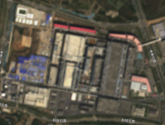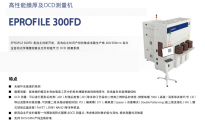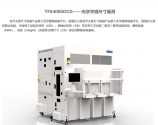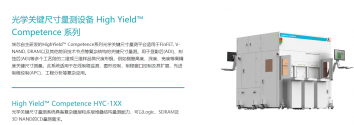I agree with everyone, I believe that China should not solely rely on the idea that European or Japanese supply chains will de-Americanize the US tech in the long-term because it's risky and unreliable solution. This process is largely beyond China's control. While China may occasionally influence such shifts, as many have pointed out, these shifts are vulnerable to arbitrary US political interference. China's only reliable solution is domestic full-stack tech, with sanction loopholes/bypass as only a temporary stop-gap measure until domestics arrive.
However, I'd like to introduce a subtle distinction in this discussion. The US, while influential, isn't all-powerful. Its sway over European and Japanese allies has boundaries and limitations. Every time the US exerts its geopolitical influence, it uses up valuable political goodwill. For instance, pushing a tech ban that impacts non-US technology (0% US tech, outside Wassenaar) to achieve vague goals (no clear objectives) while simultaneously affecting domestic and allied financial interests and without offering substantial compensations, costs the US significant political goodwill. Would the US really prioritize this over other pressing issues? To put it another way, the US will likely be strategic about its challenges, perhaps saving such a comprehensive tech ban for critical situations, like those involving Taiwan A.R., rather than engaging in ineffective power displays during peace-time that is clearly back-firing. In other words, US will carefully pick and choose it's battles, at the politically convenient time.








